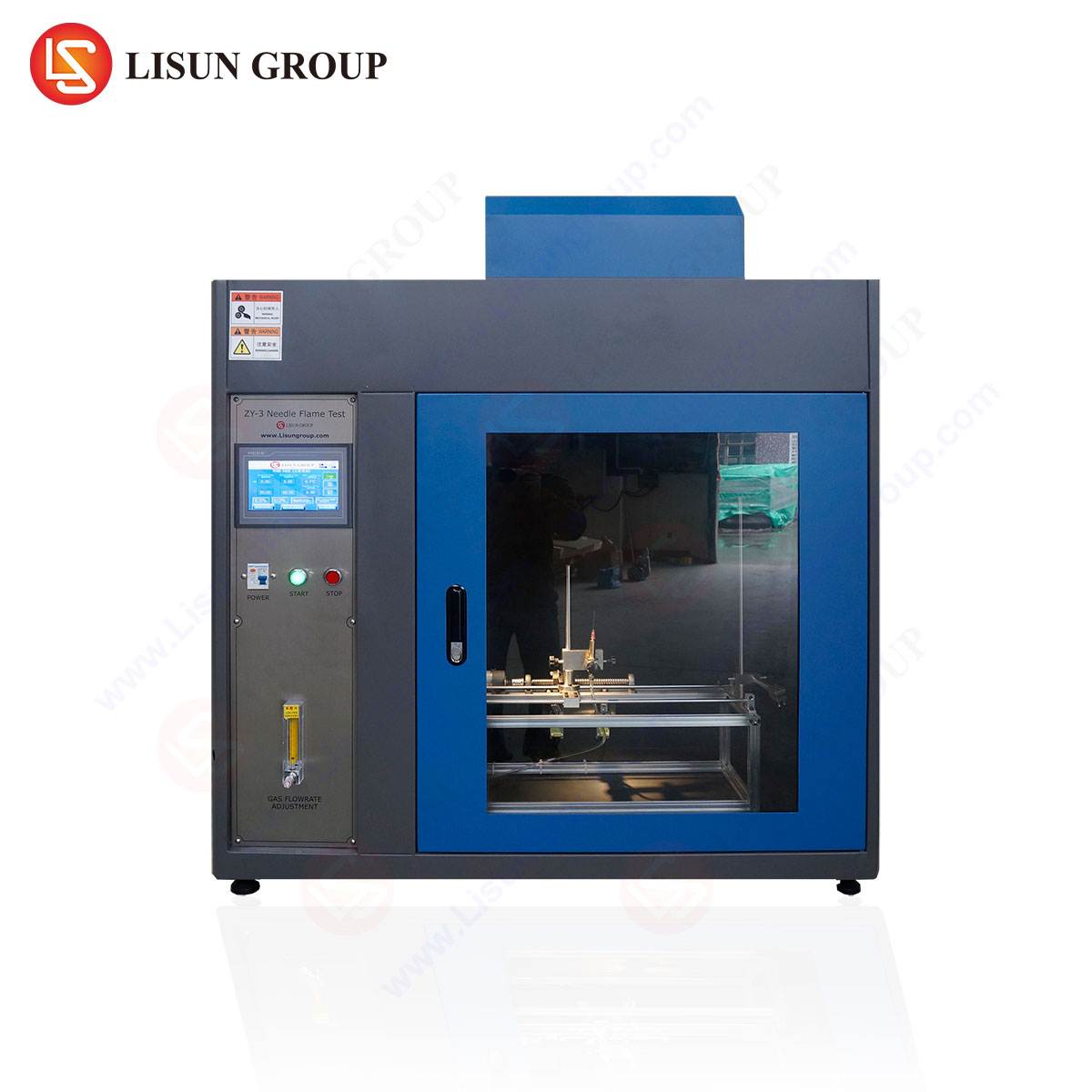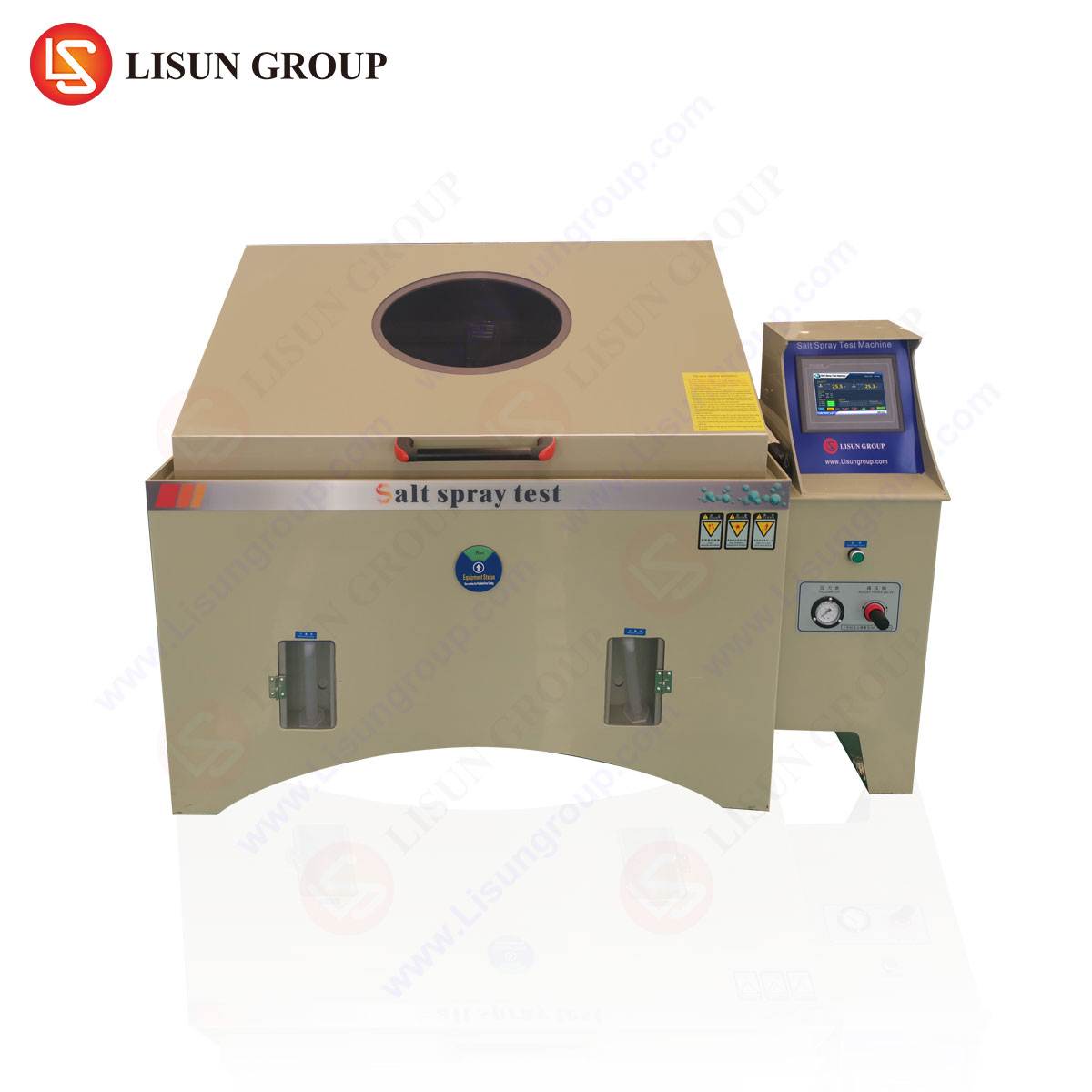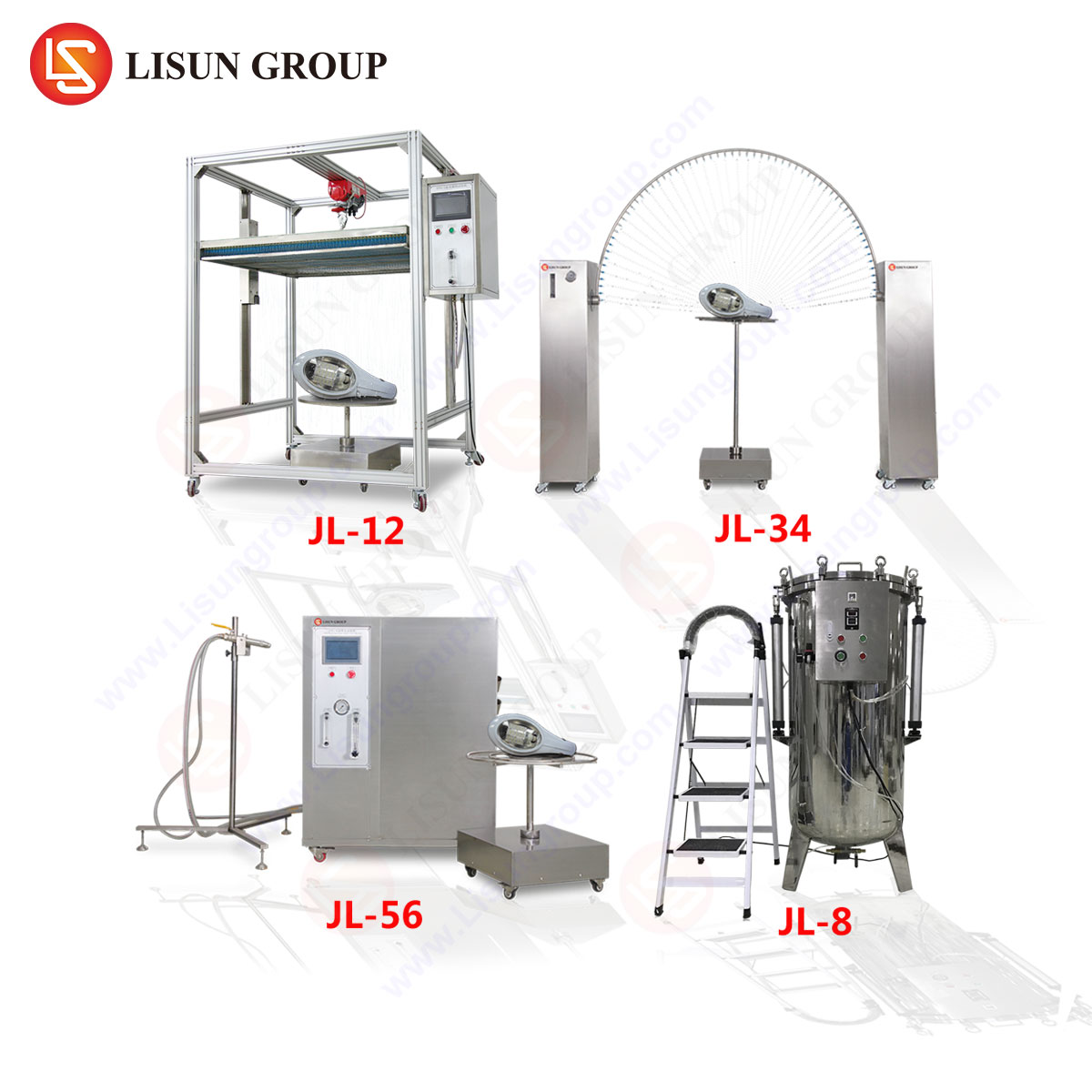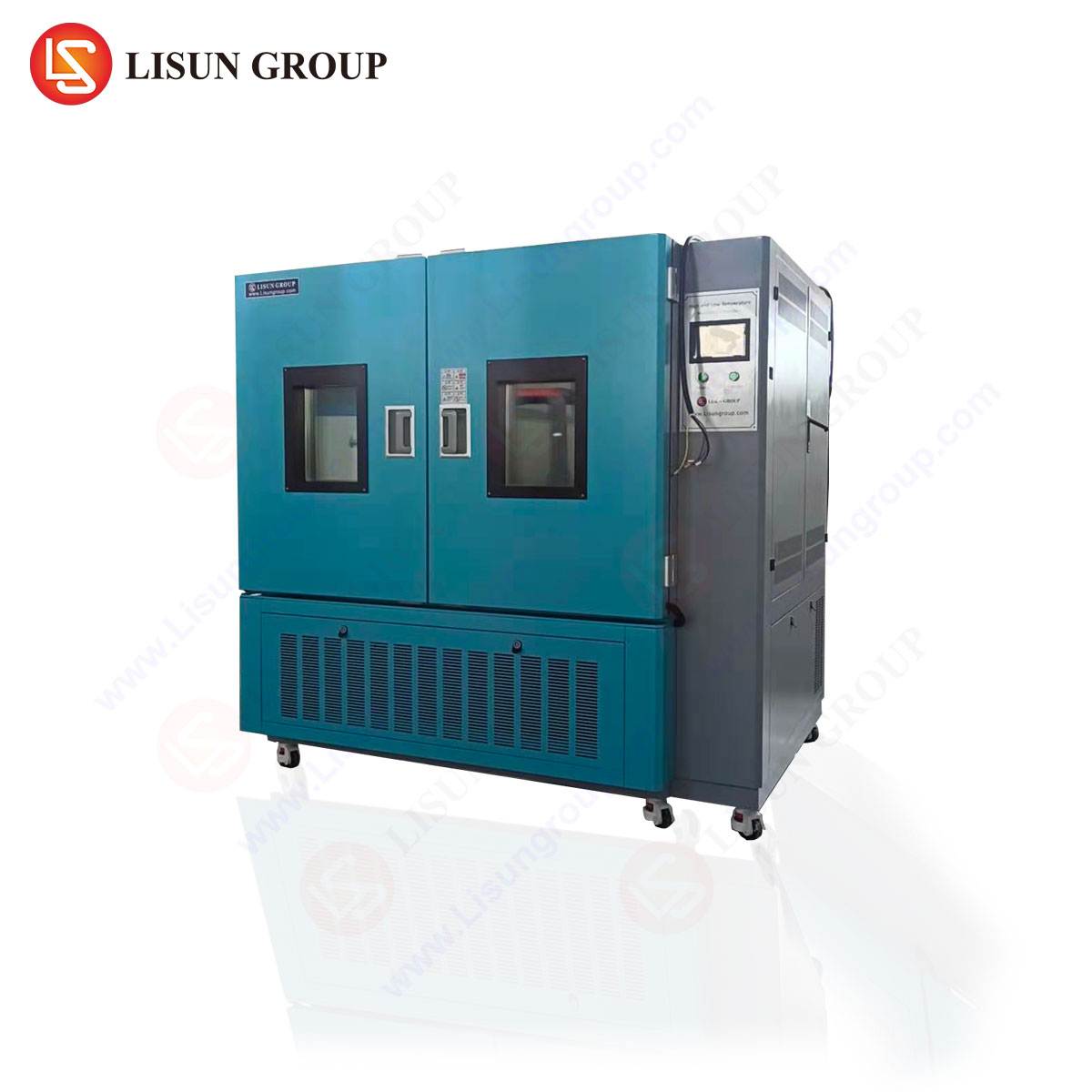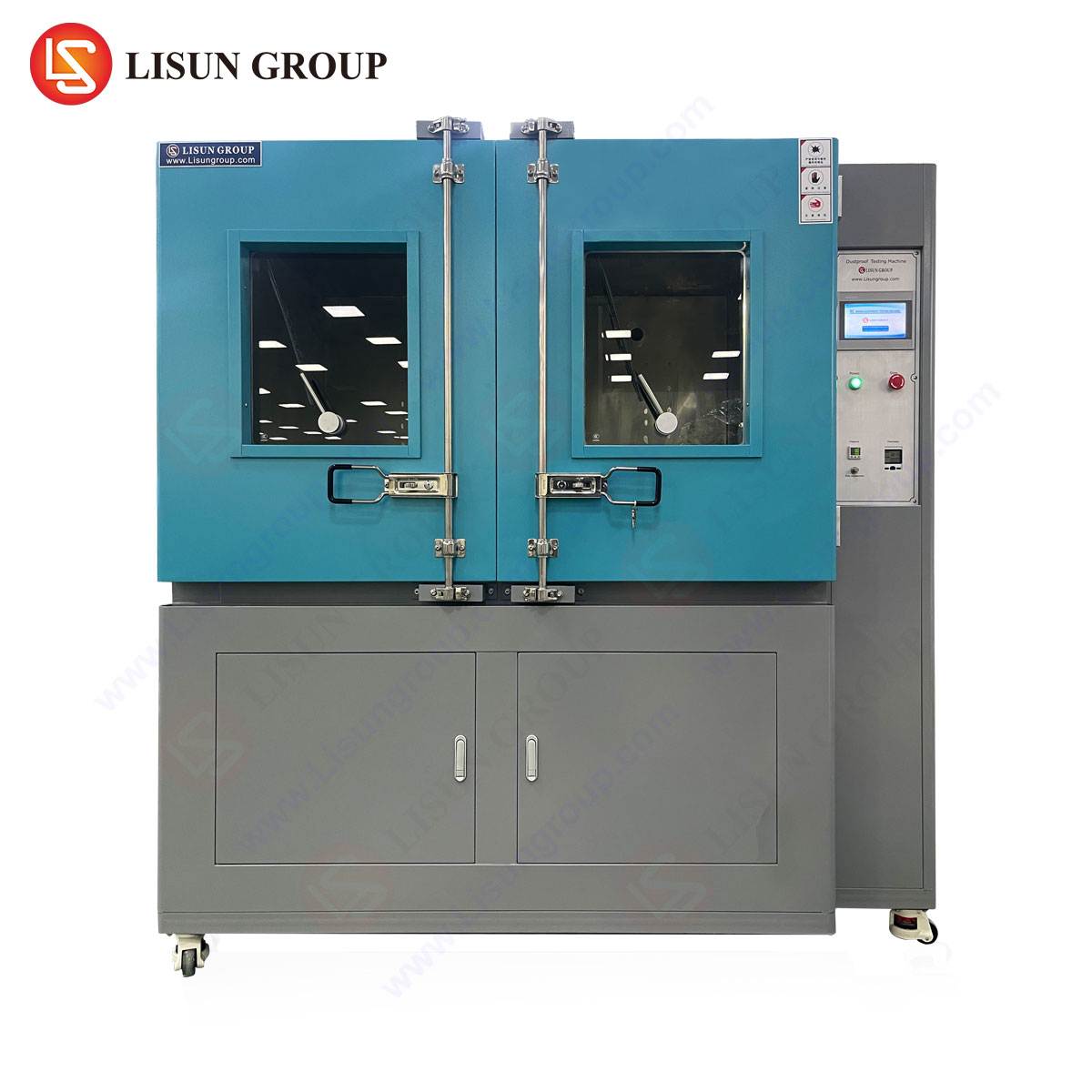Introduction to Needle Flame Testing in Material Flammability Assessment
Needle flame testing is a critical methodology for evaluating the flammability of materials used in electrical and electronic equipment, automotive components, and other high-risk industries. The test simulates small ignition sources, such as electrical faults or overheated components, to assess fire resistance and flame propagation tendencies. The LISUN ZY-3 Needle Flame Test Apparatus is a precision-engineered instrument designed to comply with IEC 60695-11-5, GB/T 5169.5, and other international flammability standards, ensuring reliable and repeatable results.
This article examines the technical specifications, operational principles, and industrial applications of needle flame testing, with a focus on the LISUN ZY-3 as a benchmark solution for compliance testing.
Technical Specifications of the LISUN ZY-3 Needle Flame Test Apparatus
The LISUN ZY-3 is engineered to deliver controlled, repeatable flame exposure with high precision. Key specifications include:
- Flame Temperature: Adjustable up to 1000°C (±50°C)
- Flame Height: Adjustable between 12 ± 2 mm
- Test Duration: Programmable from 5 to 30 seconds (±0.1s accuracy)
- Gas Supply: Butane (purity ≥95%) with pressure regulation at 0.1 MPa
- Sample Positioning: Adjustable test angle (0°–90°) for vertical or horizontal flame application
- Safety Features: Flame extinguishing system, gas leak detection, and emergency stop function
The apparatus integrates a digital timer, thermocouple monitoring, and automated flame application, ensuring compliance with IEC, UL, and GB/T standards.
Fundamental Principles of Needle Flame Testing
The needle flame test subjects materials to a small, controlled flame to simulate localized ignition sources. The primary objectives include:
- Flame Spread Evaluation: Measures how quickly flames propagate across a material surface.
- Self-Extinguishing Properties: Determines whether the material ceases burning after flame removal.
- Dripping Behavior: Assesses whether molten material droplets ignite secondary fires.
The LISUN ZY-3 employs a needle-shaped burner to apply a 12 mm flame at a 45° angle to the sample, replicating real-world fault conditions. Post-test analysis includes afterflame time, afterglow duration, and char length measurement, providing quantifiable flammability data.
Compliance with International Flammability Standards
The LISUN ZY-3 is validated against multiple regulatory frameworks, including:
- IEC 60695-11-5 (Fire hazard testing for electrical and electronic products)
- GB/T 5169.5 (Flammability testing of electrical equipment)
- UL 94 (Standard for flammability of plastic materials)
- ISO 9772 (Flammability testing of flexible cellular materials)
Industries requiring compliance include:
- Electrical Components: Switches, sockets, and circuit breakers
- Automotive Electronics: Wiring harnesses, control modules
- Medical Devices: Insulation materials, enclosures
- Aerospace: Cabin interiors, wiring insulation
Industrial Applications of Needle Flame Testing
Electrical and Electronic Equipment
Flame-retardant enclosures for power supplies, PCBs, and connectors must resist ignition from short circuits. The LISUN ZY-3 verifies compliance with IEC 62368-1 for IT and AV equipment.
Automotive Electronics
Components such as battery housings, sensors, and infotainment systems undergo needle flame testing to meet ISO 3795 and FMVSS 302 standards.
Lighting Fixtures
LED drivers and luminaire housings are tested for UL 1598 compliance to prevent fire hazards from overheating.
Medical Devices
Polymer casings for ventilators, MRI machines, and surgical tools must self-extinguish to comply with IEC 60601-1.
Comparative Advantages of the LISUN ZY-3 Needle Flame Tester
- Precision Flame Control: Digital regulation ensures consistent flame height and temperature.
- Automated Safety Protocols: Gas leak detection minimizes operational risks.
- Multi-Standard Compliance: Validated for IEC, UL, GB/T, and ISO requirements.
- User-Friendly Interface: Programmable test sequences reduce operator variability.
Competitive alternatives often lack real-time thermocouple feedback or fail-safe mechanisms, increasing test inconsistency.
Case Study: Needle Flame Testing in Cable Insulation Validation
A telecommunications manufacturer tested PVC-jacketed cables using the LISUN ZY-3 to assess flame spread. Results showed:
- Afterflame Time: ≤5 seconds (compliant with IEC 60332-1)
- Char Length: ≤50 mm (meeting UL 1581 requirements)
This confirmed suitability for riser and plenum cable installations where fire resistance is critical.
FAQ: Needle Flame Testing and the LISUN ZY-3
Q1: What gas is used in the LISUN ZY-3?
The apparatus uses butane (≥95% purity) for consistent flame characteristics.
Q2: How does needle flame testing differ from glow-wire testing?
Needle flame testing simulates small ignition sources, while glow-wire evaluates resistance to heat from overheating components (IEC 60695-2-10).
Q3: Can the LISUN ZY-3 test vertical and horizontal samples?
Yes, the sample holder allows 0°–90° adjustments for varied flame exposure angles.
Q4: What industries mandate needle flame testing?
Automotive, aerospace, medical devices, and consumer electronics require compliance with IEC 60695-11-5 or equivalent.
Q5: How is afterflame time measured?
A digital stopwatch records flame persistence after ignition source removal, per IEC 60695-11-5 guidelines.


